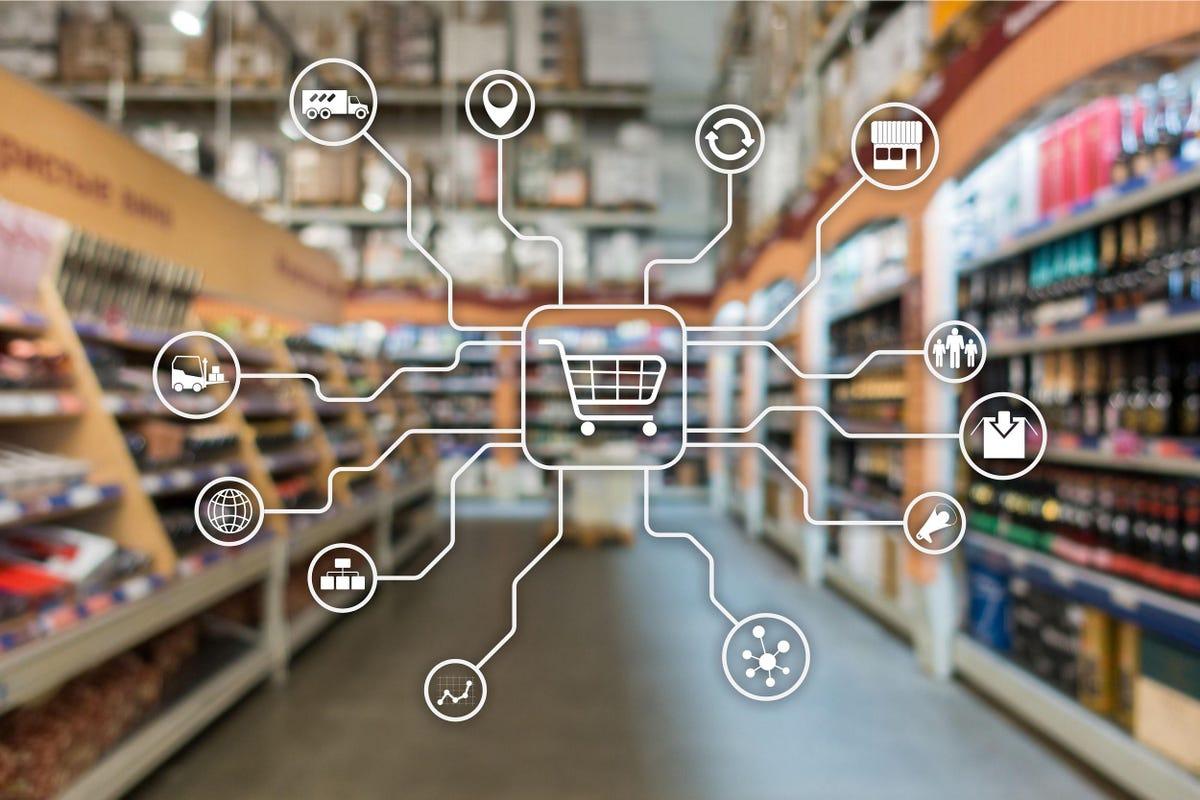The Future of Smart Retail: How Automation Solutions Are Reshaping Stores in 2025

The rise of AI and robotics is reshaping the retail automation solution landscape, allowing retailers to streamline operations and deliver enhanced customer experiences. Smart checkout systems, automated inventory tracking, and AI-driven demand forecasting are transforming how stores operate. Automation enables retailers to optimize staffing, reduce operational errors, and manage store layouts more efficiently. From convenience stores to department chains, automation is no longer a luxury—it has become an essential strategy to maintain competitiveness and improve margins in a challenging retail environment.
US retail automation market size was estimated at 4110.37 USD Million in 2024. The US retail automation market is projected to grow from 4816.53 USD Million in 2025 to 23500.0 USD Million by 2035, exhibiting a compound annual growth rate (CAGR) of 17.18% during the forecast period 2025 - 2035. This growth is driven by the increasing need for operational efficiency and cost reduction. Retailers are implementing AI-based supply chain management systems, robotic warehousing, automated checkout counters, and digital pricing tools. Predictive analytics ensures optimal stock management and allows for real-time decision-making across the store network, reducing overstock and minimizing lost sales.
Automation is also redefining the customer experience. AI-enabled kiosks, smart mirrors, and self-checkout stations improve convenience while providing personalized product suggestions. Automated loyalty programs and CRM systems allow retailers to anticipate customer preferences and deliver targeted promotions. In addition, inventory robots and smart shelves ensure products are replenished efficiently, reducing the likelihood of stockouts and enhancing shopping satisfaction. Retail automation is transforming both front-end and back-end operations, aligning business performance with modern consumer expectations.
Regional developments in retail automation illustrate a varied adoption rate. North America continues to dominate the market due to high infrastructure investment and strong e-commerce penetration. Europe’s retail sector is rapidly digitizing, with Germany, France, and the UK adopting smart store technologies and robotics for inventory management. Asia-Pacific is emerging as a growth hotspot, with countries like China, India, and Japan leveraging AI, robotics, and IoT for smart retail. The Middle East and Latin America are increasingly modernizing retail operations to improve efficiency, reduce labor dependency, and enhance consumer satisfaction.
Automation also supports retailers in addressing workforce challenges. By implementing robotics and automated processes, stores can reduce labor costs, optimize employee performance, and focus human resources on customer engagement. AI-driven insights assist managers in planning shifts, tracking productivity, and predicting store traffic trends. The result is a more productive workforce and improved operational resilience, ensuring consistent performance across multiple locations.
Looking forward, retailers adopting automation will achieve enhanced scalability, operational efficiency, and improved consumer satisfaction. Smart warehouses, AI-enabled supply chains, and automated fulfillment centers are expected to become mainstream. The synergy between AI, IoT, and robotics will continue to transform retail, making automation solutions a key differentiator for businesses seeking growth in an increasingly competitive market. Retailers embracing these changes will set benchmarks for operational excellence and customer satisfaction globally.
Top Trend Reports:
artificial intelligence market cap
cyber security market share by company
global data center market size
- Art
- Causes
- Crafts
- Dance
- Drinks
- Film
- Fitness
- Food
- Jocuri
- Gardening
- Health
- Home
- Literature
- Music
- Networking
- Alte
- Party
- Religion
- Shopping
- Sports
- Theater
- Wellness
